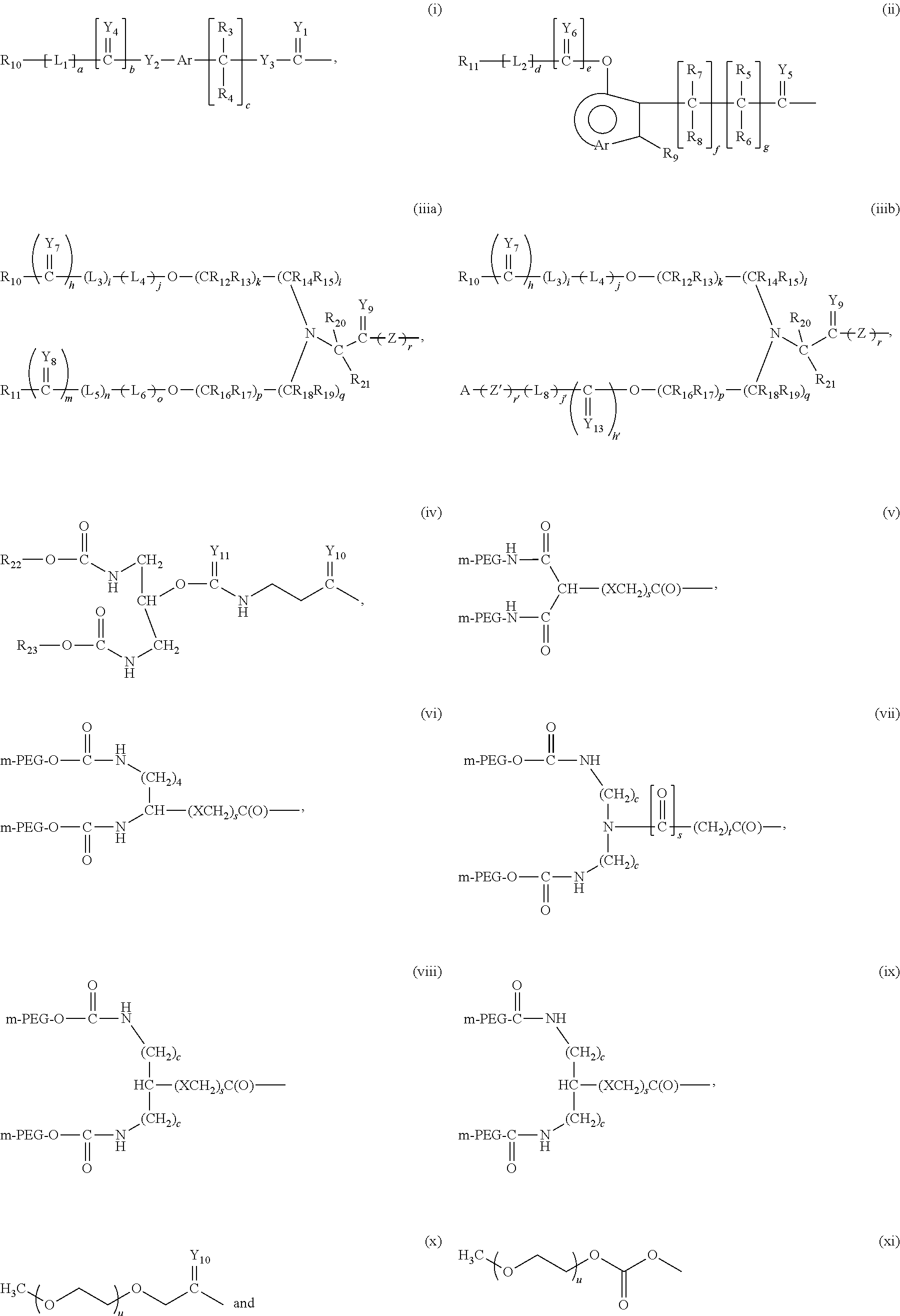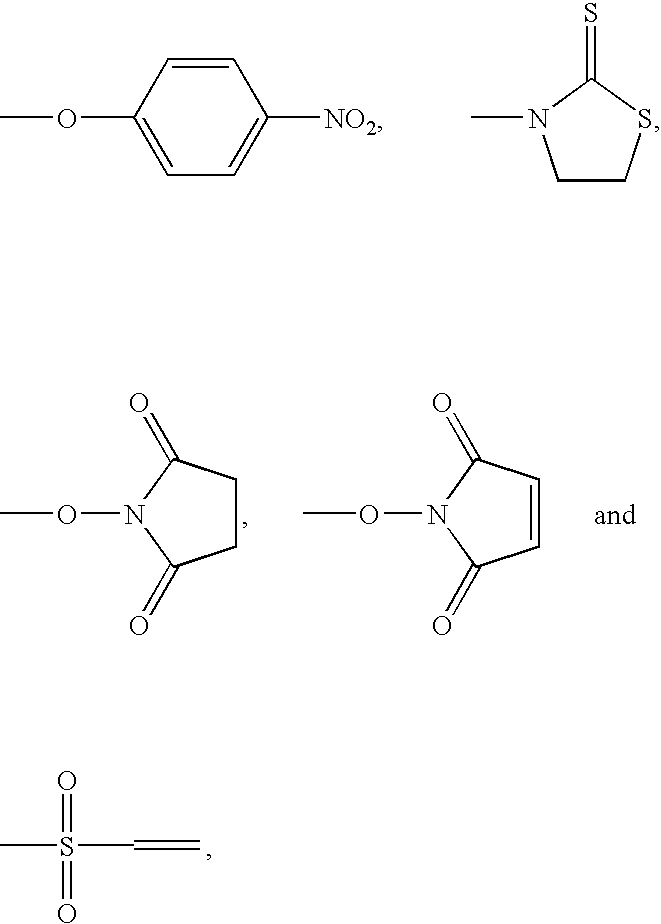Adenosine deaminase anticancer therapy
a technology of adenosine deaminase and tumors, applied in the direction of drug composition, peptide/protein ingredients, sexual disorders, etc., can solve the problems of complex and unsettled role of adenosine in cancer
- Summary
- Abstract
- Description
- Claims
- Application Information
AI Technical Summary
Benefits of technology
Problems solved by technology
Method used
Image
Examples
example 1
Antitumor Efficacy of Adagen® in DU145 Human Prostate Tumor Xenograft Model
A) Test System
[0183]
Species:Mouse, Mus musculusStrain:Athymic nudeSupplier:Harlan-Sprague DawleySex:FemaleMean Initial Weight:27.2 gNo. on Study:40Acclimation Period:7 days following arrivalIdentification:Cage number and ear punch
B) Methods
Experimental Design:
[0184]DU 145 human prostate cancer cells were obtained from the American Type Culture Collection (ATTC), Manassas, Va. Tumors were established in nude mice by subcutaneous injection of 2.0×106 DU 145 cells / mouse into the right axillary flank. Tumor growth was monitored twice weekly and measured once palpable. When tumors reached an average volume of 78 mm3, mice were divided into experimental groups (8 / group). Mice were treated with Adagen® at either 2000, 500, or 100 IU / kg twice weekly for 5 weeks. As a positive control, mice received Avastin® (Bevacizumab, an anti-VEGF monoclonal antibody) at 5 mg / kg dose at the same frequency as Adagen®. The experimen...
example 2
Antitumor Efficacy of Adagen® in SK-OV-3 Human Ovarian Tumor Xenograft Model
A) Test System
[0197]
Species:Mice, Mus musculusStrain:Athymic nudeSupplier:Harlan-Sprague DawleySex:FemaleMean Initial Weight:22.18 gNo. on Study:54Acclimation Period:7 days following arrival
B) Methods
Experimental Design:
[0198]SK-OV-3 human ovarian adenocarcinoma tumors were established in nude mice by subcutaneous injection of 3×106 cells / mouse into the right axillary flank. Tumor growth was monitored twice weekly and measured once palpable. The tumor volume for each mouse was determined by measuring two dimensions with calipers and calculated using the formula: tumor volume=(length×width2) / 2). When tumors reach an average volume of 90 mm3, the mice were divided into experimental groups (9 / group). The experimental groups were set up as shown in the table below. The first day of dosing was designated as Day 1. Mouse weight and tumor size were measured at the beginning of the study and twice weekly until termi...
example 3
Construction of E. coli Expression Strain Expressing Recombinant Human ADA with a Cys to Ser Change at Position 74 of the Mature Protein
[0213]The reported 363 amino acid sequence of human adenosine deaminase (GenBank NP—000013, incorporated by reference herein) was analyzed for the presence of cysteine codons. Five positions in the mature (N-terminal Met is cleaved) polypeptide encode cysteine (C74, C152, C153, C168, C261). In the designed and modified gene expressing human ADA, only one of these five cysteine codons (Cysteine 74, TGC) was changed to a serine codon (TCC) (this is position 75 in the translated protein). The defined polypeptide sequence (see SEQ ID NO: 3) was provided to Blue Heron Corporation (Bothell, Wash., U.S.A.) for whole gene synthesis of a new gene having codons optimized for expression in E. coli, using standard chemical synthesis of overlapping oligonucleotide segments. In brief, the sequence was optimized for bacterial expression by following the standard b...
PUM
| Property | Measurement | Unit |
|---|---|---|
| time period | aaaaa | aaaaa |
| time | aaaaa | aaaaa |
| temperature | aaaaa | aaaaa |
Abstract
Description
Claims
Application Information
 Login to View More
Login to View More - R&D
- Intellectual Property
- Life Sciences
- Materials
- Tech Scout
- Unparalleled Data Quality
- Higher Quality Content
- 60% Fewer Hallucinations
Browse by: Latest US Patents, China's latest patents, Technical Efficacy Thesaurus, Application Domain, Technology Topic, Popular Technical Reports.
© 2025 PatSnap. All rights reserved.Legal|Privacy policy|Modern Slavery Act Transparency Statement|Sitemap|About US| Contact US: help@patsnap.com



